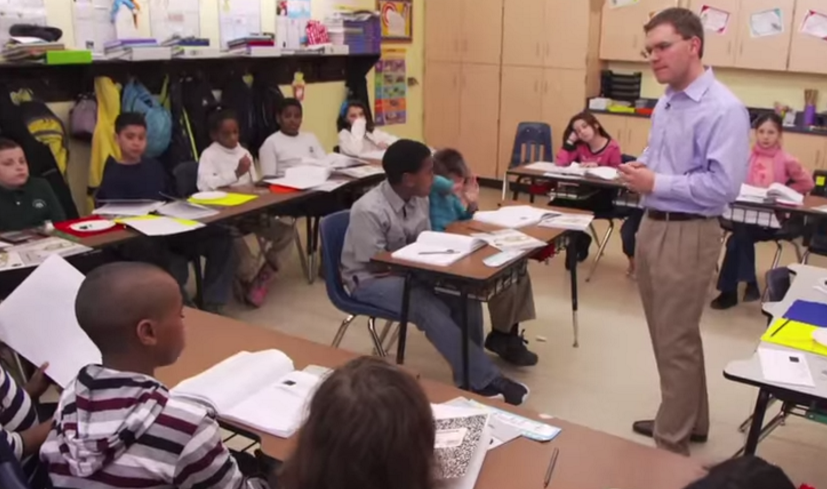The most basic building block of successful student interaction with STEM instruction in the classroom is students planning their own investigations.
This doesn’t mean that you as the teacher never intervene to help redirect or monitor – after all, it is your responsibility to ensure students are meeting minimum expectations.
However, when students independently or in teams interact with the materials to answer a question or solve a problem, they are developing higher order thinking skills that are so foundational to a STEM education.
Furthermore, having diversity in the approaches students take as they plan investigations allows for a much deeper, more lasting learning experience.

One pair of students might have a different plan than another pair of students, which might be different from a third, yet each team is still approaching the same question or problem. Then, after making a plan, the students must carry them out in ways that are authentic to their own thoughts and ideas.
This is part of what makes a well-designed STEM environment so meaningful and useful as an educational tool: the range of not only planning, but also of results, prototypes, data, and conclusions.
That this structure is what the Next Generation Science Standards require for student learning is evident in the science and engineering practices dimension of the NGSS. For example, one of the practices is argumentation from evidence.
When each student, or team or group can see not only their own conclusions from their own evidence, but also the evidence and conclusions of other students or teams, they get to see a range of approaches, identify patterns and efficiencies, and in the process benefit from the full scope of the scientific and engineering communities. That’s what a well-structured STEM environment looks like from the student perspective.
Of course, from a teacher's perspective, this requires a really supportive curriculum and a lot of planning. The teacher needs to know where they're going. They need to understand what standards, objectives and lessons they need to leverage, as well as what units to do in what order.
Furthermore, teachers need to understand how the lessons address performance expectations in three dimensions. They need to see how the lessons are integrating the practices dimension as well as the disciplinary core ideas dimension and the crosscutting concepts dimension.
*This post was updated on 11/17/17.



